U.S. President Donald Trump and United Kingdom Prime Minister Keir Starmer have announced what the president calls a “full and comprehensive” trade deal between their countries. A closer look, however, reveals the arrangement to be limited and selective, less a done deal than a first installment in ongoing negotiations, with many details left unclear and many issues left to be addressed.
Since Trump announced sweeping tariffs on U.S. global trade partners this spring, speculation has swirled over which countries might be able to evade those tariffs by striking new deals with Washington. The fact that London jumped to first in line is understandable because America’s No. 1 commercial partner in the world is the United Kingdom, if you include trade in services as well as goods, together with mutual investment flows and the sales that U.S. and U.K. companies based in each other’s economies sell to British and American customers. 2.5 million British and American workers owe their livelihoods to healthy U.S.-U.K. commercial ties.
What the trade deal does and does not do
What does the deal do? It mainly cobbles together a few sectoral arrangements. The administration agreed to lower its 27.5% auto tariff to 10% for a quota of 100,000 U.K. cars exported to the United States, which is about what the U.K. exported to the United States in 2024. The U.K. declared a win, but before Trump entered office, the U.S. tariff rate was just 2.5%. The U.K. seems to have agreed to lower tariffs for U.S. cars as well, but the details are unclear. The U.K. will buy $10 billion worth of U.S. airplanes, and the U.S. will allow Rolls-Royce engines, which are critical to those planes, to enter the country duty-free. Starmer also announced that Washington would do away with its 25% tariff on U.K. steel and aluminum exports. London is eliminating its 19% tariff on up to 1.4 billion liters of U.S. ethanol, which is America’s top U.S. agricultural export to the United Kingdom. Anything beyond that faces U.K. tariffs of between 10% and 50%.
What did the deal not do? The U.K. did not remove its 2% digital services tax on the revenues U.S. tech companies derive from their operations in the United Kingdom. The two sides declared their intent to negotiate a digital trade deal, but that will take time, and details are sparse. Most significantly, Washington refused to lower its 10% baseline tariff on U.K. products. Since these tariffs affect all U.K. exports to the United States, which were worth $68 billion last year, their hit to U.K. exports is likely to be greater than any gains they might derive from the new arrangement as currently announced. In short, Starmer might have stemmed the damage, but it’s still a net loss for the U.K.
More questions than answers
Mostly, however, the announcement simply generates more questions. In the politically sensitive area of agriculture, for instance, each side has agreed to let the other export 13,000 metric tons of beef. U.K. exporters will still face U.S. tariffs of between 4% and 10%, while U.S. beef exports under the quota will enter the U.K. duty-free. Currently, however, the U.K. bans imports of U.S. beef from cattle raised with artificial growth-promoting hormones, and Starmer says Britain is not weakening its food standards. This implies that only hormone-free U.S. beef will qualify. U.S. Agriculture Secretary Brooke Rollins is in the U.K. this week to hammer out further details on beef and other agricultural products, so the saga continues.
Also unclear is what will happen to the lucrative pharmaceutical trade. The U.S. Department of Commerce has launched a Section 232 investigation into the national security implications of pharmaceutical imports and could still impose punishing tariffs on a critical U.K. export sector. Starmer says that the U.K. will get preferential treatment in any further tariffs imposed as part of Section 232 investigations, but America’s mercurial president may not agree. Pharmaceuticals are the U.K.’s second-largest export to the United States, valued at roughly $9 billion in 2024. U.S. pharmaceutical exports to the U.K. amounted to over $5 billion last year.
Uncertainty also hangs over steel and aluminum products. Washington’s decision to exempt the U.K. from its 25% tariff in this area is contingent on the two sides’ ability to negotiate a new “alternative arrangement” that would be the basis for what they call “a new union for steel and aluminum.” Yet Washington and London had already reached the basic outline of an alternative arrangement last year, only to have Trump abandon it. Further details await.
It is notable that the current deal does not address services trade, even though annual U.S.-U.K. services trade (about $180 billion) is larger than U.S.-U.K. goods trade, most Americans and Britons work in the services economy, and the two countries are the top two services exporters in the world. Reducing barriers to services, the sleeping giant of the transatlantic economy, is likely to generate far greater benefits for workers, producers, and consumers than marginal deals on goods.
The deal amid Trump’s trade agenda
The deal also raises questions about the role the U.K. might play in Trump’s efforts to upend the current international trade regime. Under current World Trade Organization rules, when a country agrees to lower its tariffs on goods and agricultural products for one country, it agrees to do so for all countries, unless those tariffs are part of a deal that covers substantially all trade. This “most favored nation” (MFN) approach is a bedrock principle of global commerce. Trump challenged this principle when he announced that his administration would calculate different tariff rates for different countries based on an internal assessment of their trade and non-trade barriers. If the U.K. agrees to offer preferential tariff concessions to the United States but not to its other trading partners, it could face international legal challenges and potential retaliation from other countries. Global trading arrangements would be weakened, and Trump’s disruption agenda would be strengthened.
The U.S.-U.K. deal may be something of an outlier when it comes to Trump’s trade agenda, given his fascination with the U.K. royal family, the unique relations between the two countries, and the fact that they enjoy essentially balanced trade and are more dynamic traders of services than of goods. Still, since the deal is done, it could offer some insights for other countries seeking their own accommodations with the United States. For instance, the arrangement signals that other bilateral deals are likely to be a jumble of selective sectoral arrangements rather than full-blown trade agreements. They could be little more than down payments on continuous negotiations—as the new U.S.-China “deal” announced by Beijing and Washington demonstrates.
In the end, however, London’s relative success in avoiding the full fury of U.S. trade levies points to a potentially viable strategy for other U.S. negotiating partners. That strategy is rope-a-dope. If your boxing opponent is smashing you repeatedly in the face, you might be able to avoid his most punishing blows by bobbing, weaving, and wrapping him up on the ropes, throwing an occasional punch, and stringing out the match until the bell eventually rings. It might not work for all, but it could work for some.
The Brookings Institution is committed to quality, independence, and impact.
We are supported by a diverse array of funders. In line with our values and policies, each Brookings publication represents the sole views of its author(s).
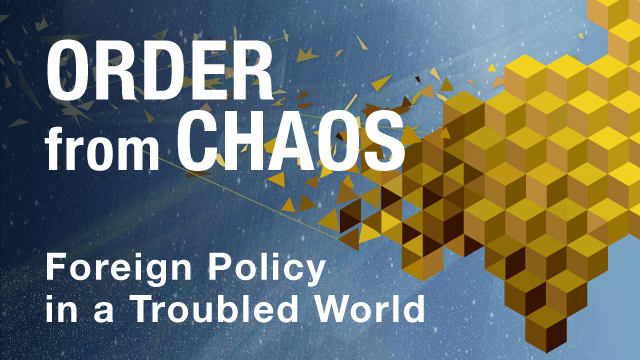

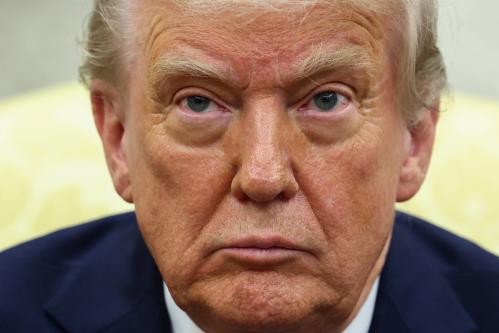
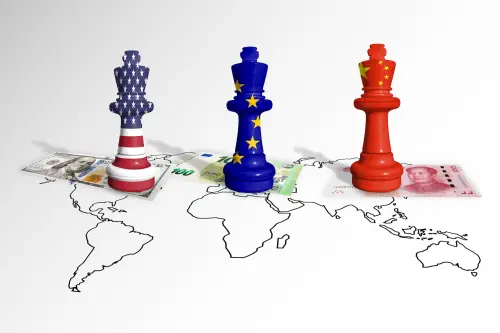

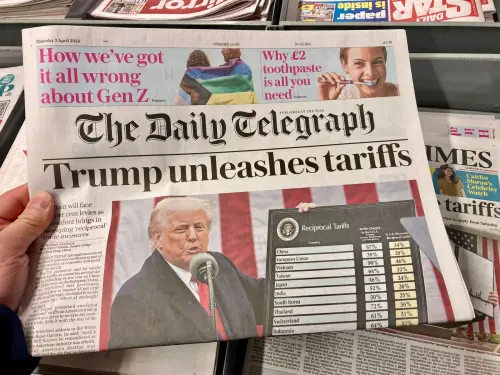
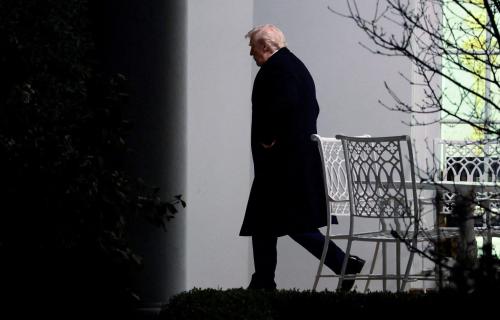
Commentary
What does the US-UK deal mean for Trump’s trade agenda?
The U.K.’s relative success in avoiding the full fury of U.S. trade levies points to a potentially viable strategy for other U.S. negotiating partners.
May 12, 2025